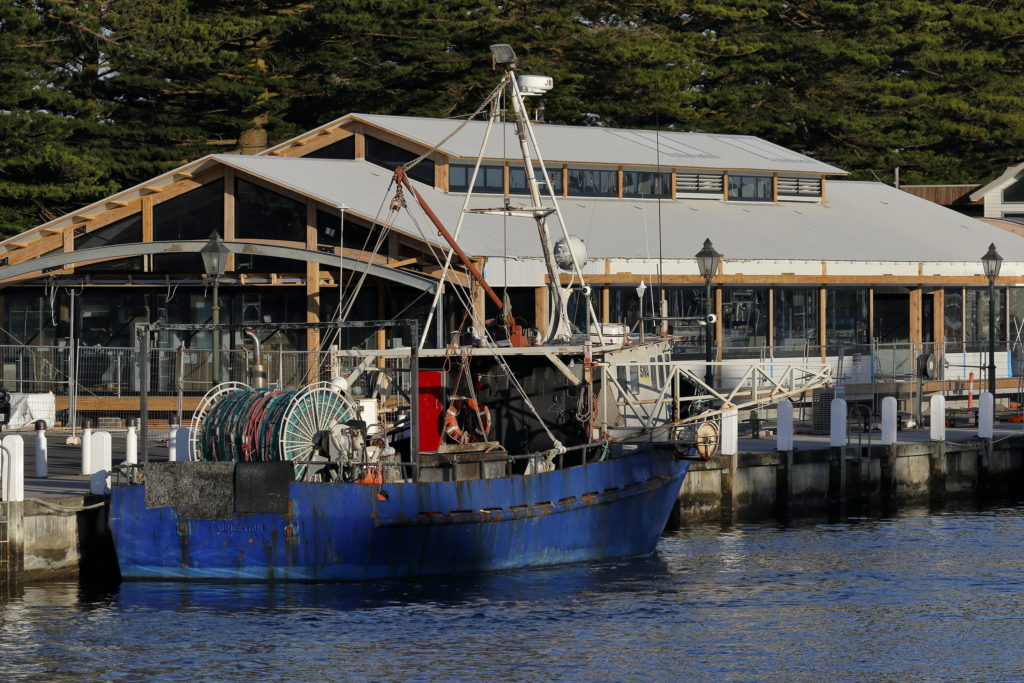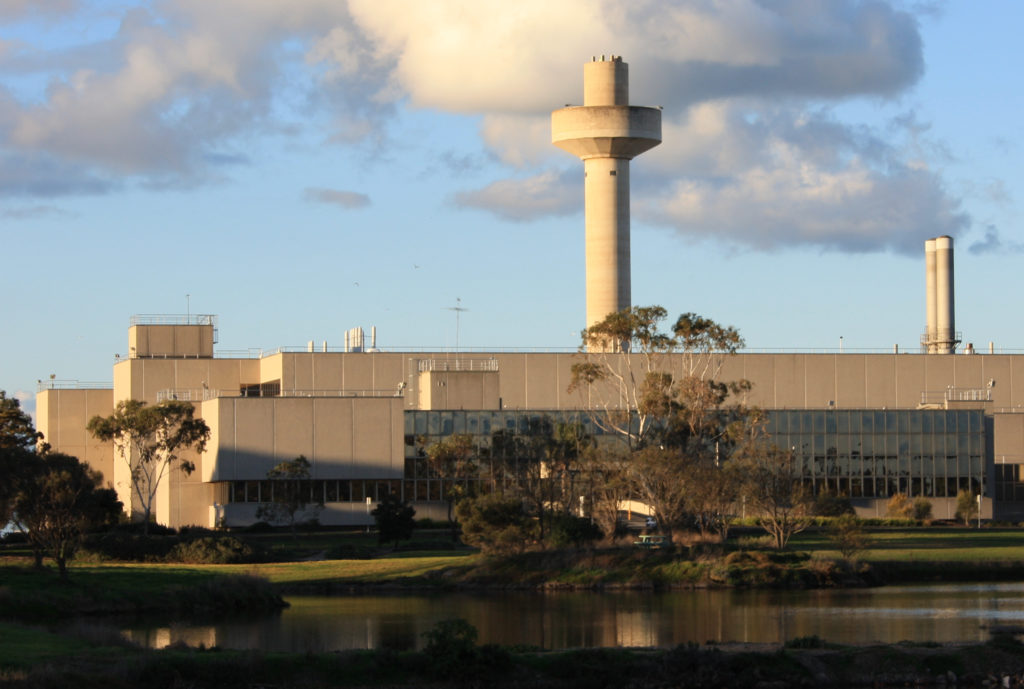We all know how prevalent diseases are – in humans, our pets, our livestock, and even our plants.
But how often do you think about disease in the ocean?
A disease not seen in Australia’s wild abalone population for 11 years has resurfaced. And, it’s a massive challenge for our abalone industry, which was already facing a 45 per cent drop in export sales due to the COVID-19 pandemic.
Abalone disease detected near Cape Nelson
Early in May 2021, a scuba diver noticed a cluster of dead abalone off the coast of Cape Nelson, Victoria. He reported it immediately, including providing a sample to Agriculture Victoria for testing.
The tests came back positive for a disease called abalone viral ganglioneuritis (AVG).
The team from Agriculture Victoria sent a sample to our scientists at the Australian Centre for Disease Preparedness (ACDP) for confirmation of this diagnosis.
On 3 May, our team confirmed AVG, a herpesvirus specific to abalone. It can cause high mortalities in both farmed and wild abalone populations.
This was devastating news. An outbreak of the same disease in 2006 wiped out up to 80 per cent of the wild abalone population in Victoria’s Western Zone Abalone Fishery. The Western Zone stretches from the mouth of the Hopkins River to the border with South Australia.

AVG is distributed in wild abalone populations along more than 200 km of coastline from Discovery Bay to Cape Otway.
How do you contain a abalone disease outbreak in the ocean?
Agriculture Victoria has declared a Control Area on 4 May to assist with limiting the spread of disease.
There are several restrictions in place within the control area. They prohibit:
- The taking of abalone and other shellfish
- The use of weighted commercial fishing equipment, commercial abalone equipment, recreation hoop nets, bait traps, and hauling nets
- Commercial and recreational diving for abalone
- The taking of rock lobster, all shellfish, sea urchins and any of the substrate or sea floor
- Moving any abalone or shellfish out of the control area. Unless the movement is in accordance with a permit.
In addition, boats, vessels and fishing equipment can not anchor in the Control Area. However, a vessel can move through the area provided it does not stop. And anglers are able to line fish, as long as they are standing on the breakwater.
Following the reports of the Victorian outbreak, the NSW Department of Primary Industries has been surveying abalone properties.
Researchers were able to collect sick abalone and test them for the virus. Unfortunately, abalone from some properties in New South Wales (NSW) have given positive results. To stop the disease from spreading further, NSW has put a Biosecurity Control Order in place on shipping abalone into and from the state.
Supporting the response
Samples from Victoria and NSW have been referred to our ACDP Fish Diseases Laboratory where the presence of AVG has been confirmed. Testing at ACDP confirmed that this is the same strain of AVG responsible for the original outbreak in Victoria in 2006.

ACDP is a reference laboratory for a number of aquatic animal diseases.
Our work continues
Our scientists at the ACDP Fish Diseases Laboratory host the World Organisation for Animal Health (OIE) Reference Laboratory for infection with AVG, and other aquatic diseases.
This means they develop and use the international diagnostic tests described in the OIE Aquatic Manual. Using these testing methods ensures the highest level of accuracy around a diagnosis.
Being an OIE Reference laboratory also means our scientists work throughout the Asia-Pacific region. They assist with disease diagnosis and training to increase the capability for in-country disease diagnosis.
In addition to testing, the team are contributing to setting research priorities to identify gaps in knowledge. They work in consultation with state governments, industry and the Fisheries Research and Development Corporation (FRDC).
You can get more information about the outbreaks in Victoria and NSW through outbreak.gov.au. This site has maps of the restricted areas, useful information about cleaning vessels and equipment and other important biosecurity measures.

